Basic information about the temple
| Moolavar: | Koteeswarar | Ambal / Thayar: | PandhaaDu Nayaki |
| Deity: | Siva | Historical name: | Tirukkottaiyur |
| Vriksham: | Kottai AamaNakku Chedi | Teertham: | Amudha Teertham |
| Agamam: | Age (years): | ||
| Timing: | 6 to 12 & 4 to 8 | Parikaram: | |
| Temple group: | Paadal Petra Sthalam (Kaveri Vada Karai) | – | |
| Sung by: | , Appar | Temple set: Kumbakonam Sapta Sthanam, Mahamaham festival, Story of Kumbakonam | |
| Navagraham: | Nakshatram: | ||
| City / town: | Kottaiyur | District: | Thanjavur |
| Maps from (click): | Current location | Kumbakonam (5 km) | Thanjavur (40 km) |
| Mayiladuthurai (41 km) | Tiruvarur (45 km) |
Location
Sthala puranam and temple information
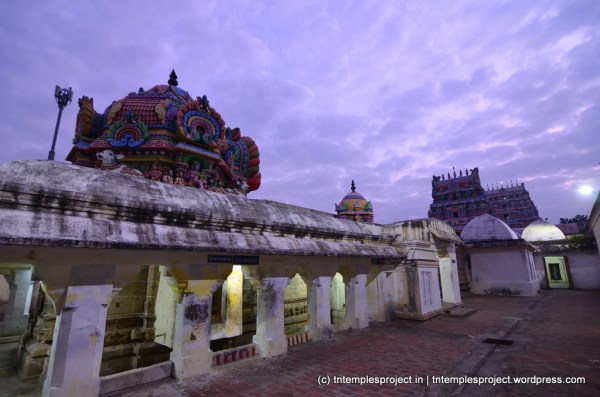
This is one of 12 temples directly associated with the origin of Kumbakonam and the Mahamaham festival. According to that puranam, Brahma put together the seeds of all living organisms and also the Vedas and Puranas, in a pot which came to be called the Amrita Kalasam (pot of nectar). Kumbham is the Sanskrit and Kudam the Tamil, for a pot of this type. This was decorated with various items like flowers, vilvam, auspicious cloth, chandanam (sandal paste), and sacred thread, a coconut was kept on top of it. The whole thing was tied together, similar to the kalasams we see today at domestic functions and in temples. The pot was kept on the top of mount Meru. When the pralayam began, it destroyed all creatures on earth. The Kumbham prepared by Brahma was also displaced, and floated on the flood waters for years and years. Finally, it settled at a spot (which is regarded as modern day Kumbakonam). Siva, in the guise of a hunter, broke open the kumbham with his bow and arrow. This temple is where some of the drops of the amritam in the kumbham fell. (Read the full story of the origin of Kumbakonam, and about the related Mahamaham festival.)
Sage Bhadrayoga worshipped Siva at many temples. Pleased with his worship, Siva appeared to in the form of a swayambhu murti Lingam, amidst the castor seeds that had fallen from the castor tree here. He also appeared as 1 crore forms of Himself, each with its own set of parivara devatas – Parvati, Vinayakar, Murugan and Chandikeswarar. In Tamil, koti or kodi refers to 1 crore, and hence the name of Siva here as Koteeswarar. Also in Tamil, kottai refers to seed, and hence the place is called Kottai-yur. The Siva Lingam here itself looks like it is formed from the castor seeds.
In the sthala puranam of the Kapardeeswarar temple at Tiruvalanchuzhi, King Haridhwajan was assisted by Sage Herandar, who in order to save the world, entered the hole that appeared from Bhulokam to Patalam, in the form of a bee. The sage used to worship at Kottaiyur, under the castor tree here, which is called “Heranda” in Sanskrit, which gave the sage his name.
There is a saying – கொட்டையூரிற் செய்த பாவம் கட்டையோடே – meaning the sins committed in Kottaiyur will go away only upon death, ie, one has to endure their effects throughout one’s life.
The belief is that that all good deeds performed, and sins committed, at this place are multiplied 1 crore (koti) times. As a result, people were afraid to enter Kottaiyur. So, they prayed to Parvati here, who kicked away their sins as one does to a football. For this reason, Parvati here is named Pandhaadu Nayaki. The import of this name is that She kicks away the problems of devotees who worship Her here.
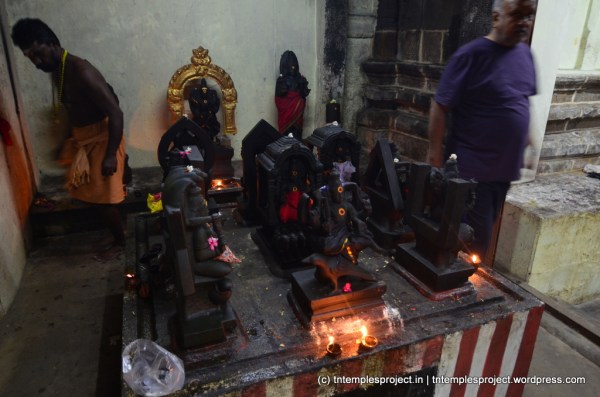
Satyarthi was the king of the Trihartha kingdom in the north. His son, Suruchi, was cursed to take the form of a disfigured rakshasa. His repulsive appearance would scare people, who ran away from him. In order to cure this, he was advised by Vyasa to undertake a pilgrimage to a shrine for Siva near Kumbakonam, by the banks of the Kaveri river. The king and his son made the tiring journey, and finally found this place. Once Suruchi had a bath in the river that flows near the temple, and completed his worship at this temple, his original form was restored. Following this puranam, many devotees believe that bathing in the Kaveri river and then worshipping Siva at this temple will improve their appearance.
In ancient literature, this place is also referred to as Koteeswaram (or Koteechuram), Vilvaranyam (due to this having been a forest of Vilvam trees), and Herandapuram (after the sthala puranam connected with Sage Herandar, above).
While the core temple and much of the architecture here is Chola, there are also significant additions by the Pallavas. Inscriptions in the temple refer to the Chola kings Rajadhiraja I and Kulothunga Chola III.
What appear like droplets of water can be seen on top of the moolavar Lingam, symbolising the story of Ganga emerging from Siva’s hair. Parvati is also depicted in a rather playful posture, in keeping with Her name here. Vinayakar here is said to be a swayambhu murti (self-manifested) and the murti contains many smaller images of Vinayakar on it, giving him the name Koti-Vinayakar. Murugan, known here as Koti-Subramanyar, has a separate shrine along with his consorts. The Navagraham shrine here is particularly noteworthy, as all the planetary deities are depicted with their respective vehicles / vahanams. There are also several engravings and murtis in the temple, depicting various puranams, including one of Manu Needhi Cholan who gave justice to a cow by sentencing his own son to death as punishment for a crime.
Arunagirinathar has sung about Murugan in this temple, in his Tiruppugazh.
Other information for your visit
In addition to being one of the temples connected with the Mahamaham festival, this temple is also one of the 7 sapta Sthanam temples associated with the Adi Kumbeswarar temple in Kumbakonam (the others are at Kalyananallur, Tiruvalanchuzhi, Darasuram, Swamimalai and Mela Kaveri).
Contact
Phone: 0435 2450595, 94866 70043
Gallery


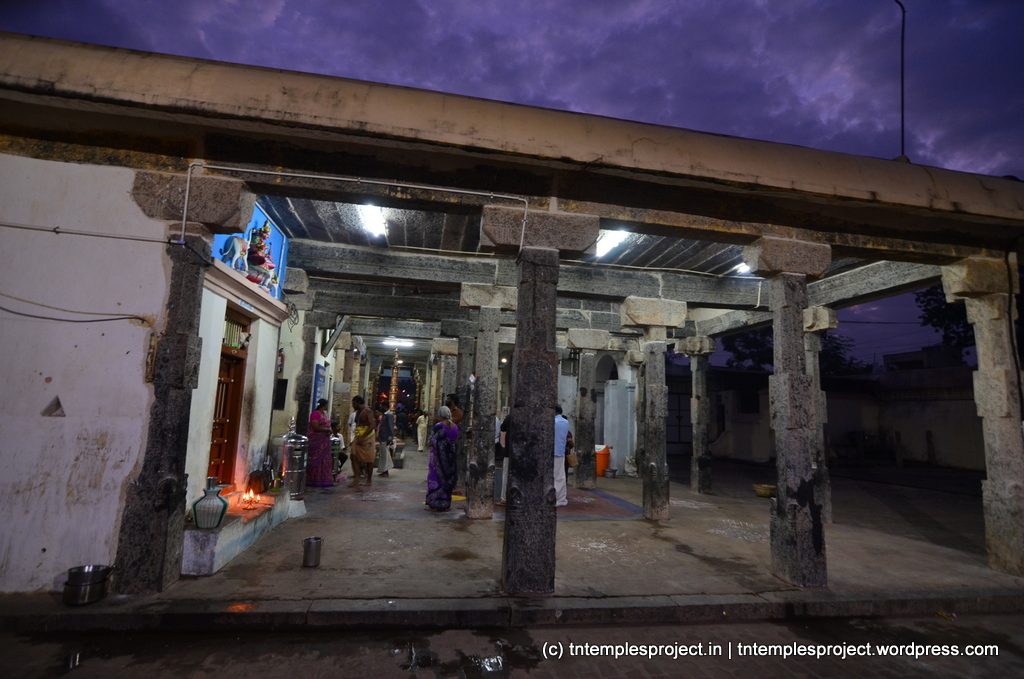
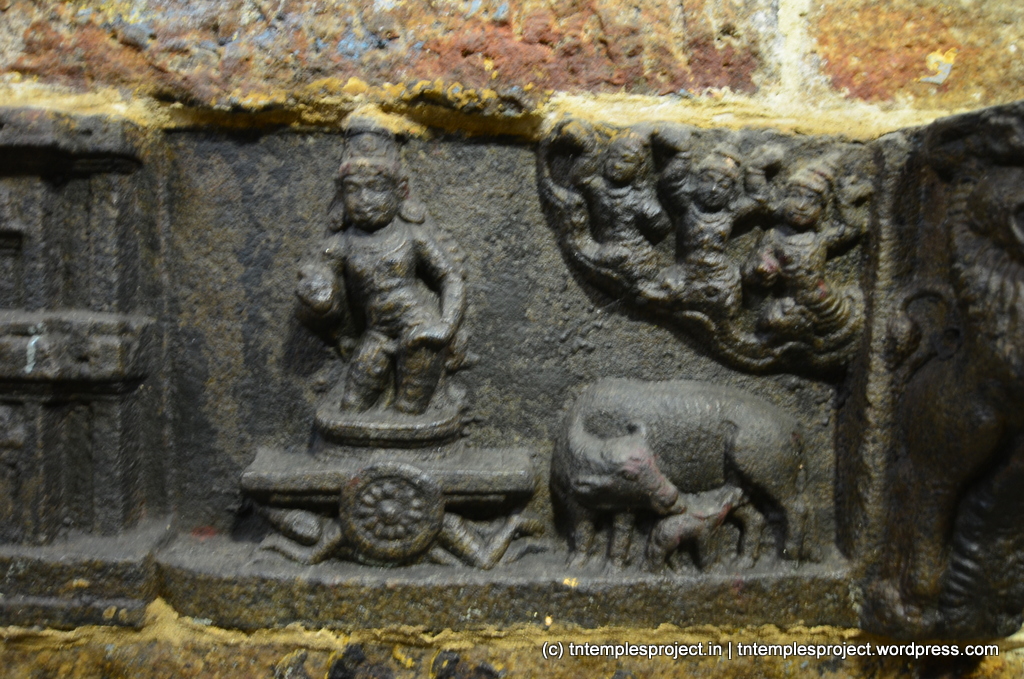

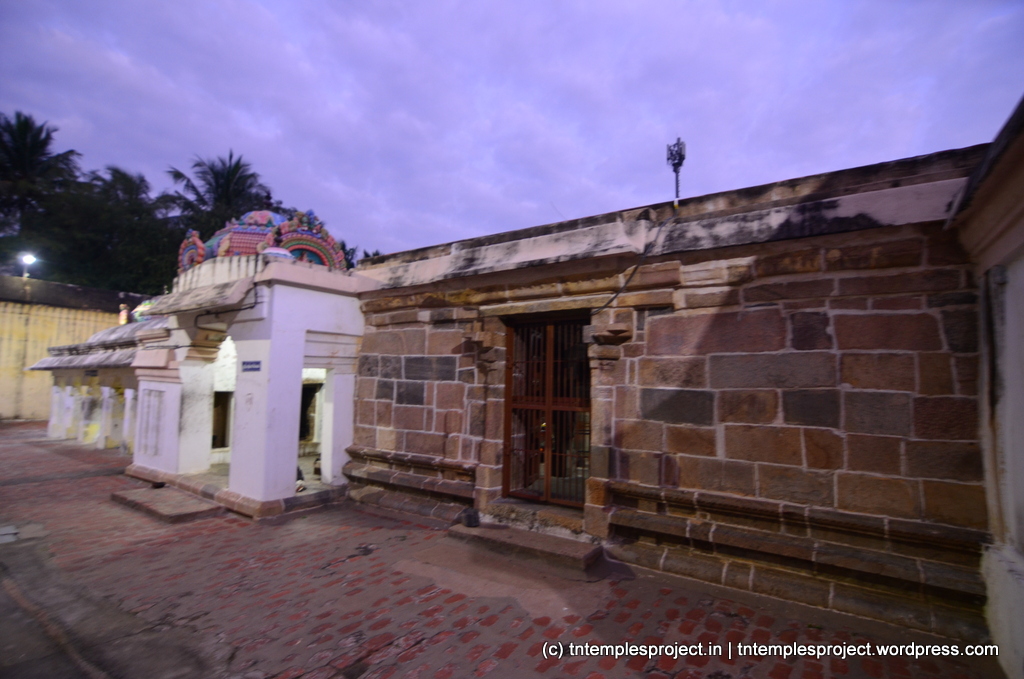

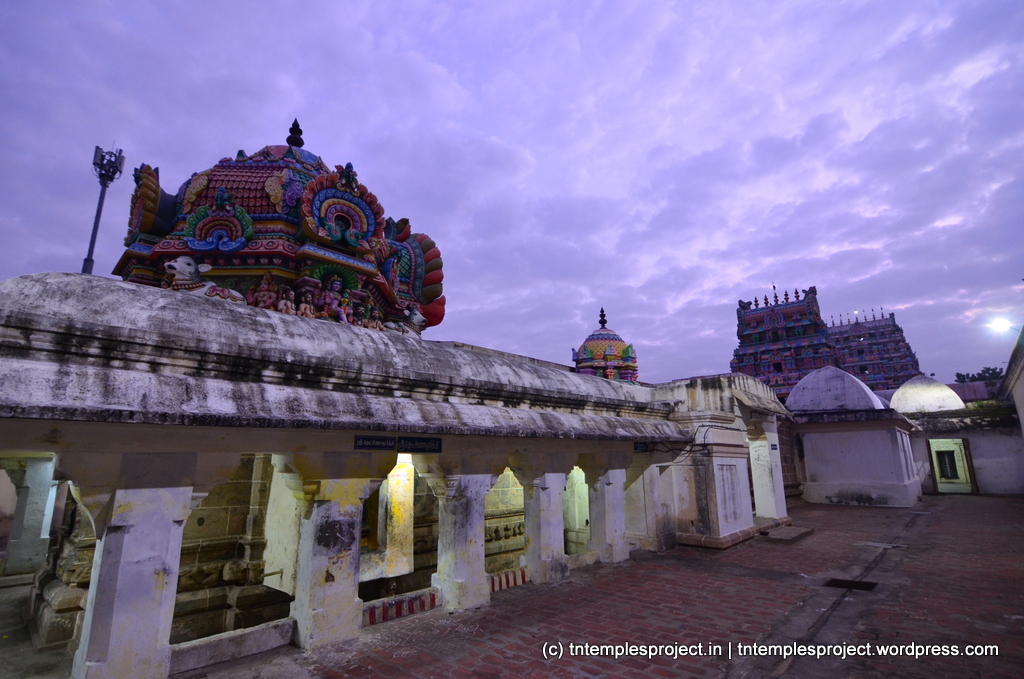
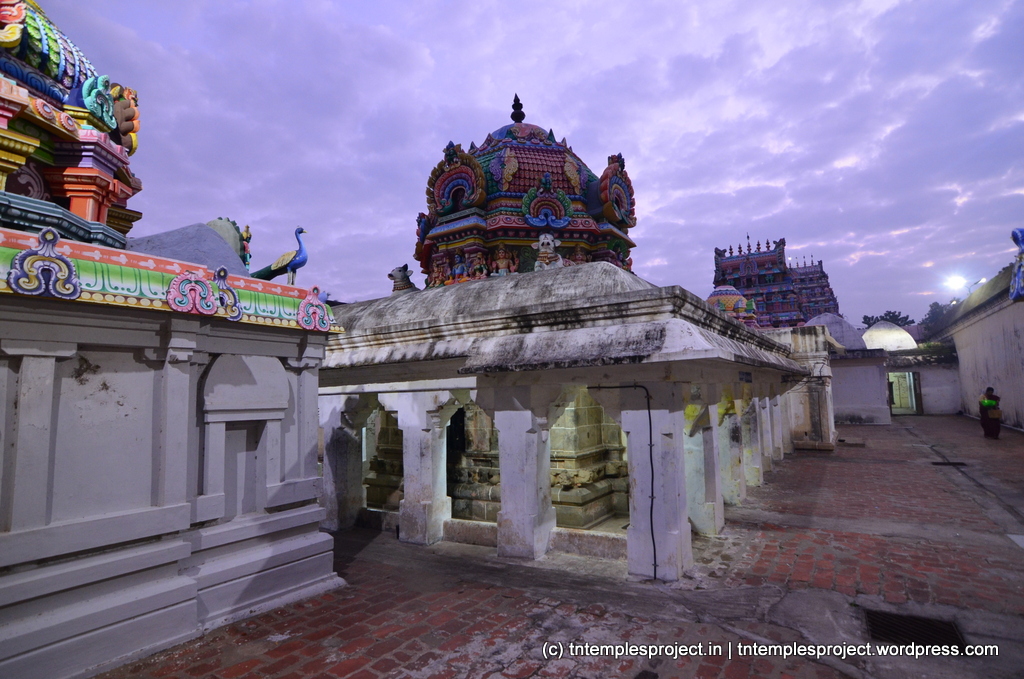
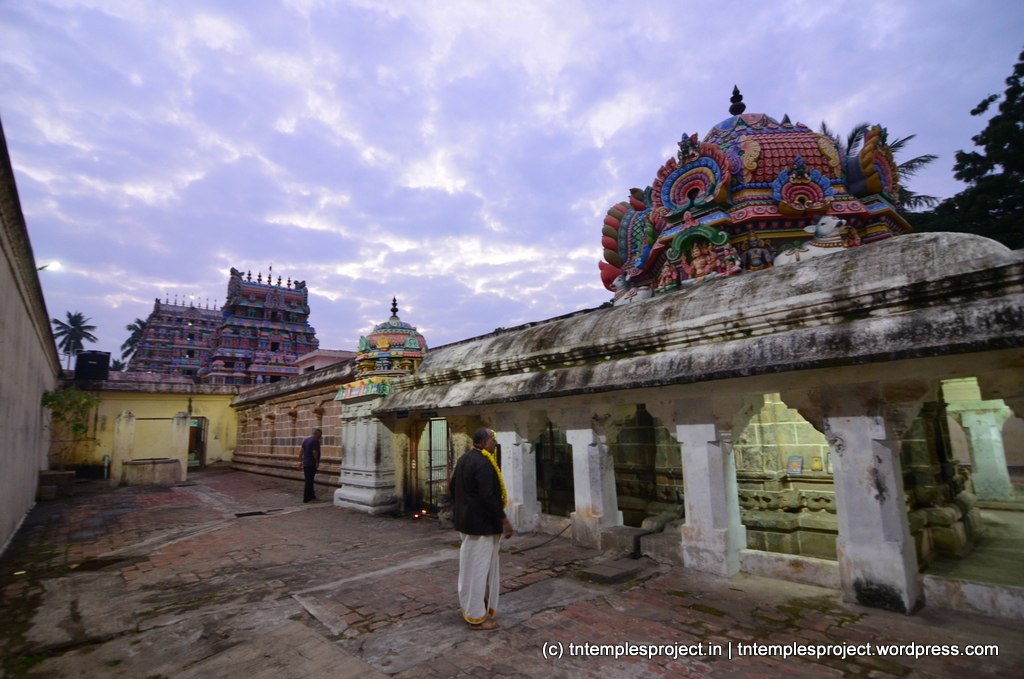
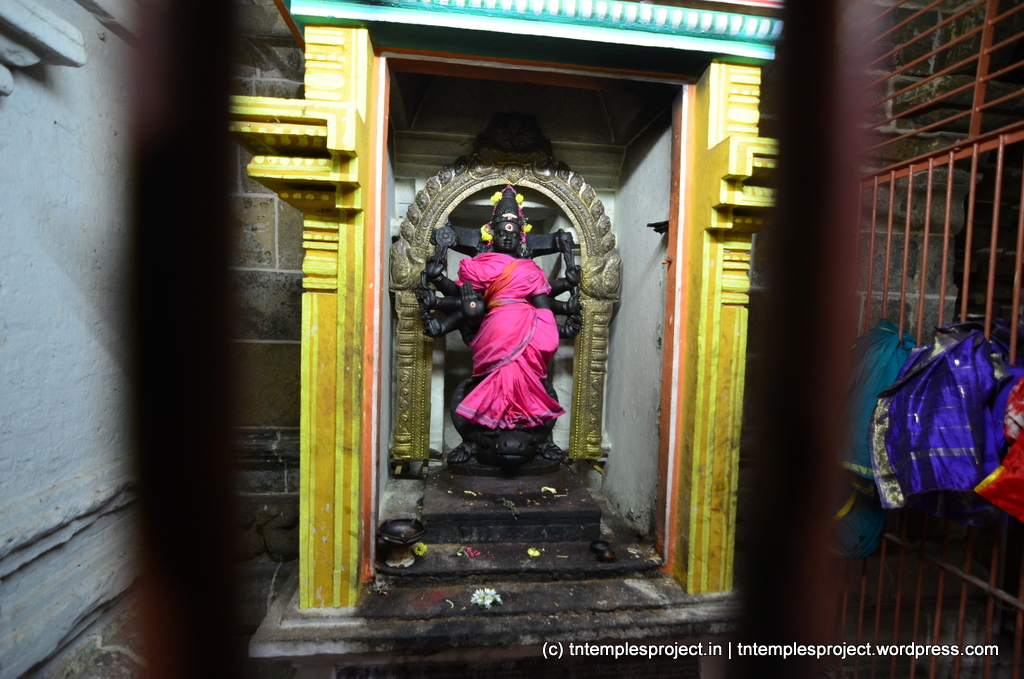


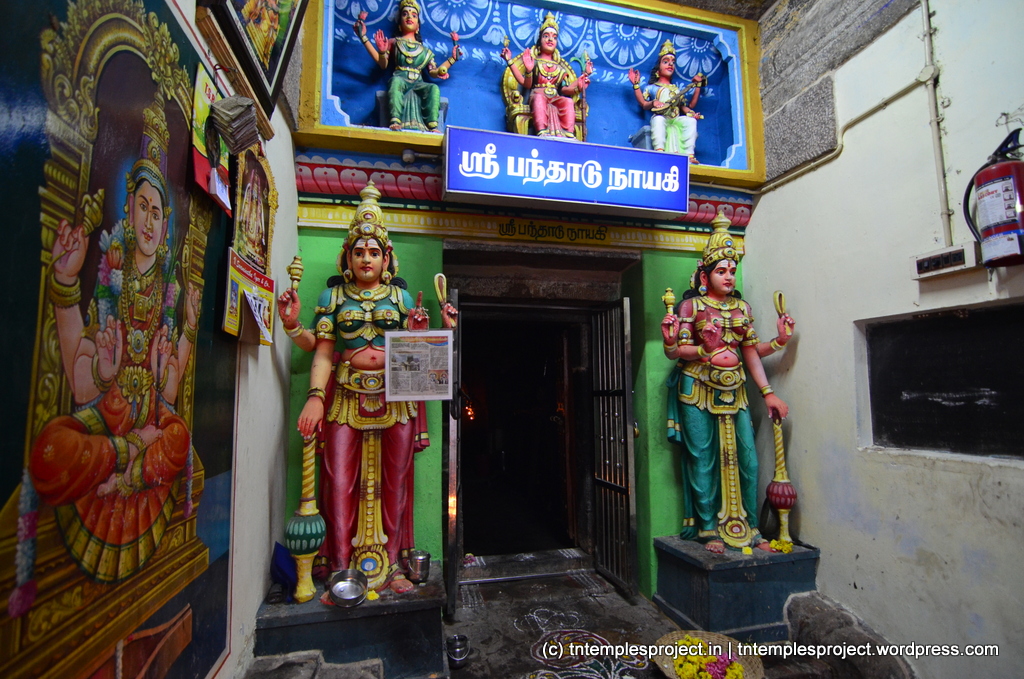
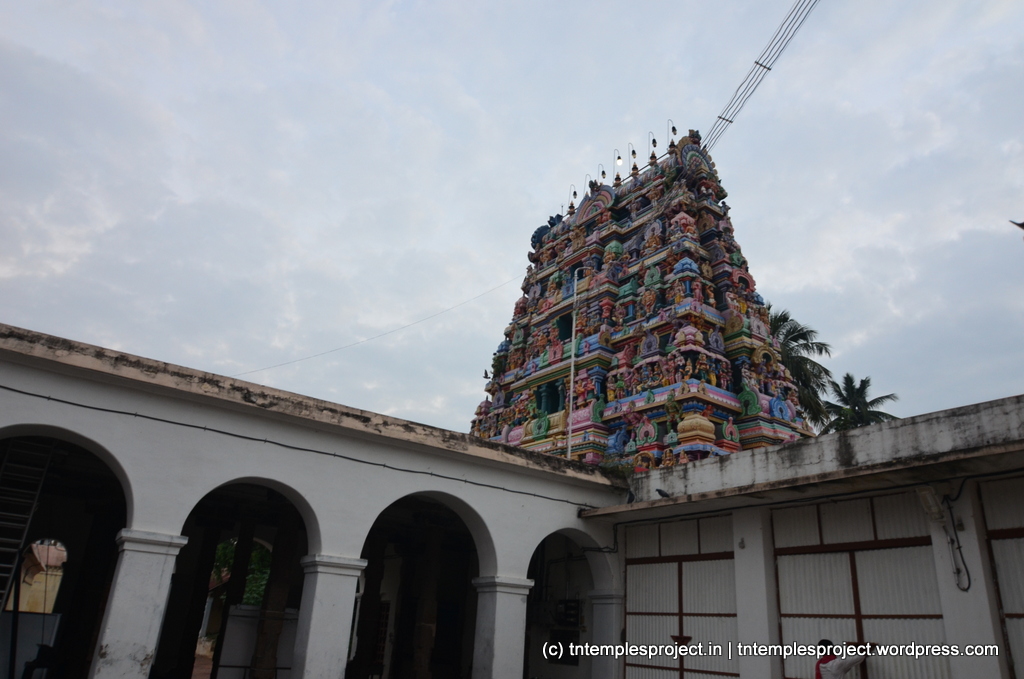

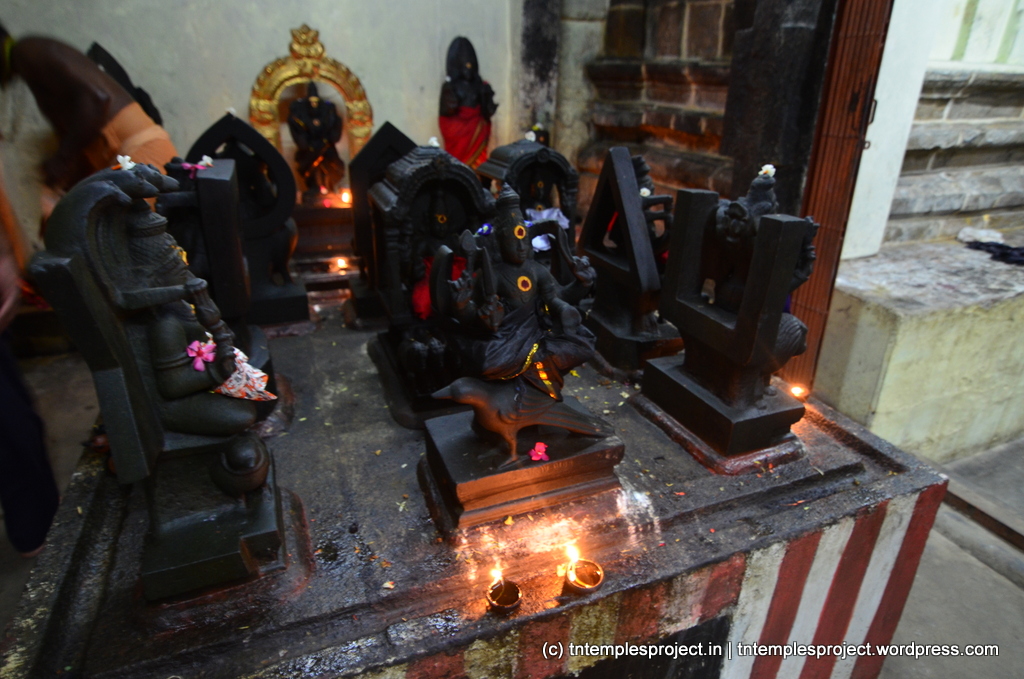
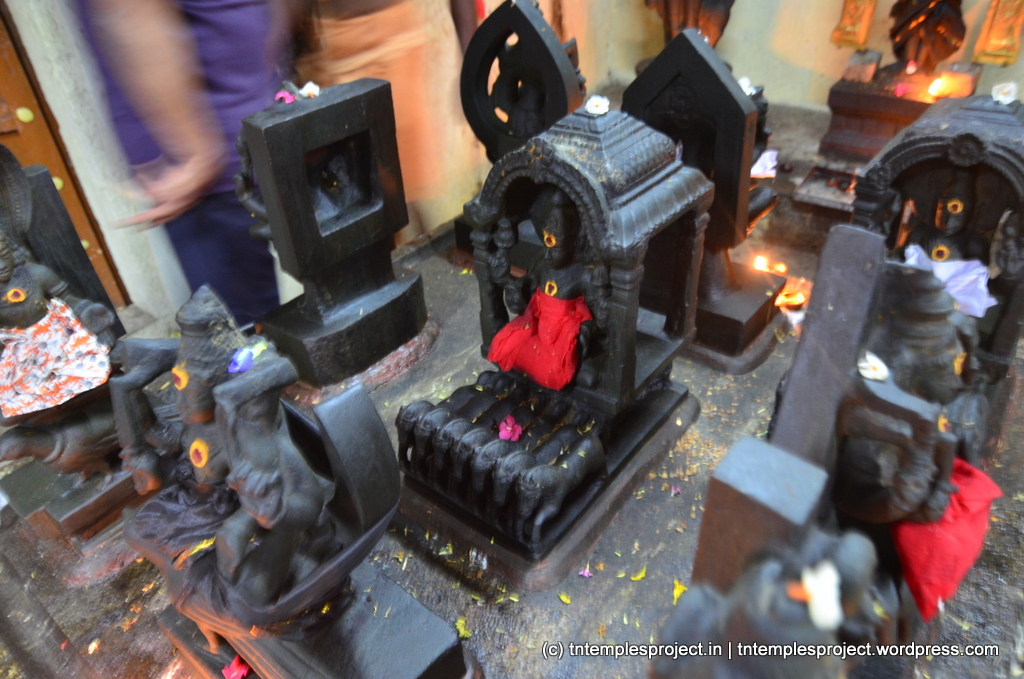
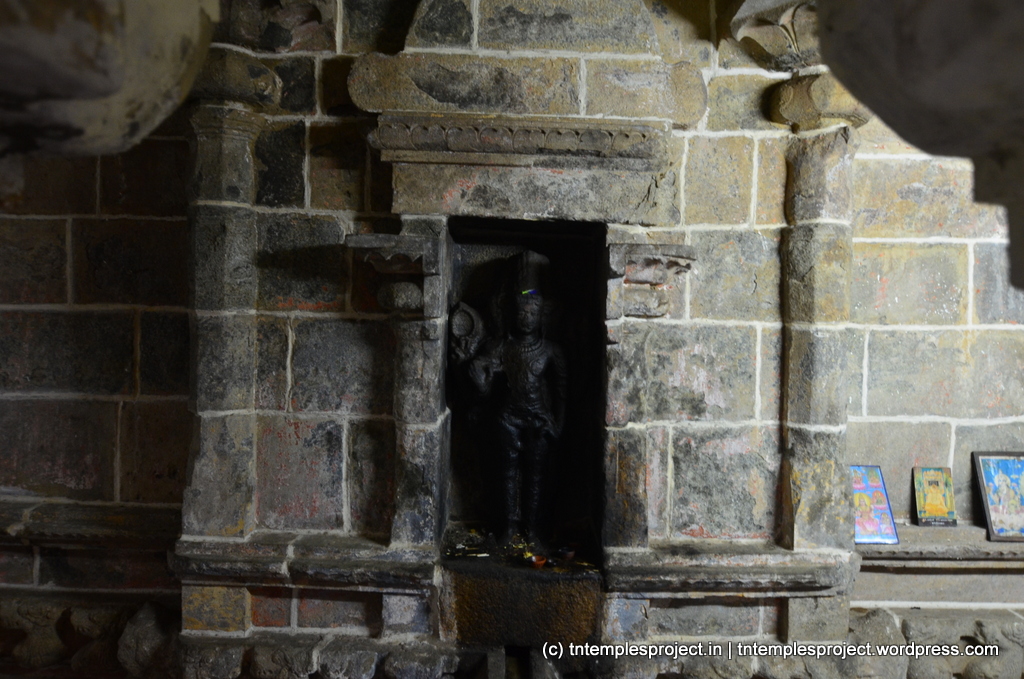

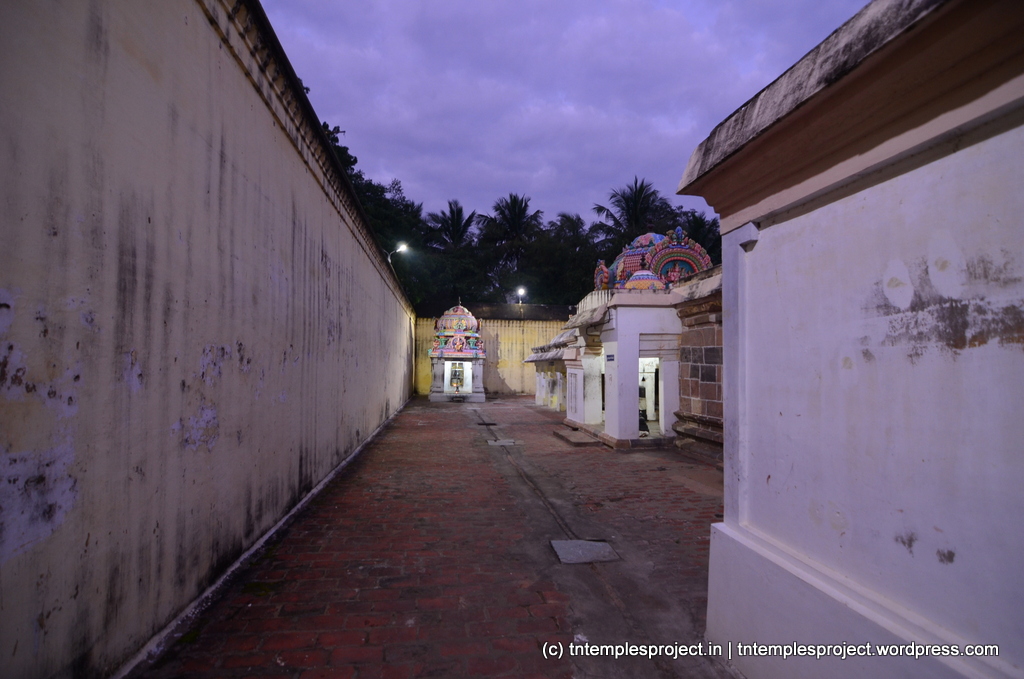
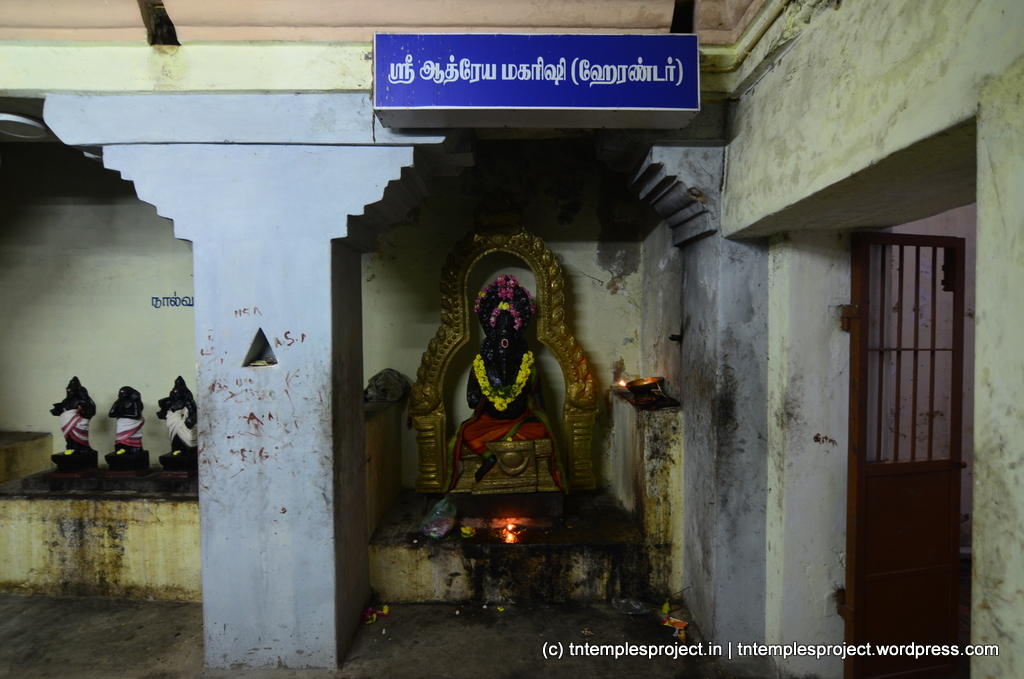


[…] Koteeswarar, Kottayur, Thanjavur […]
LikeLike